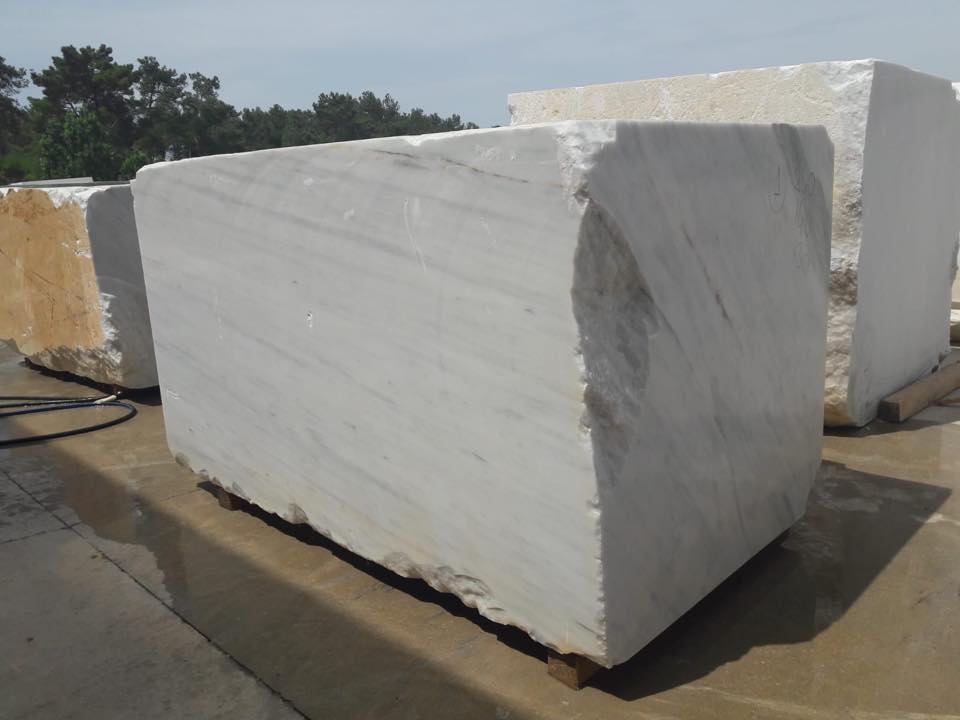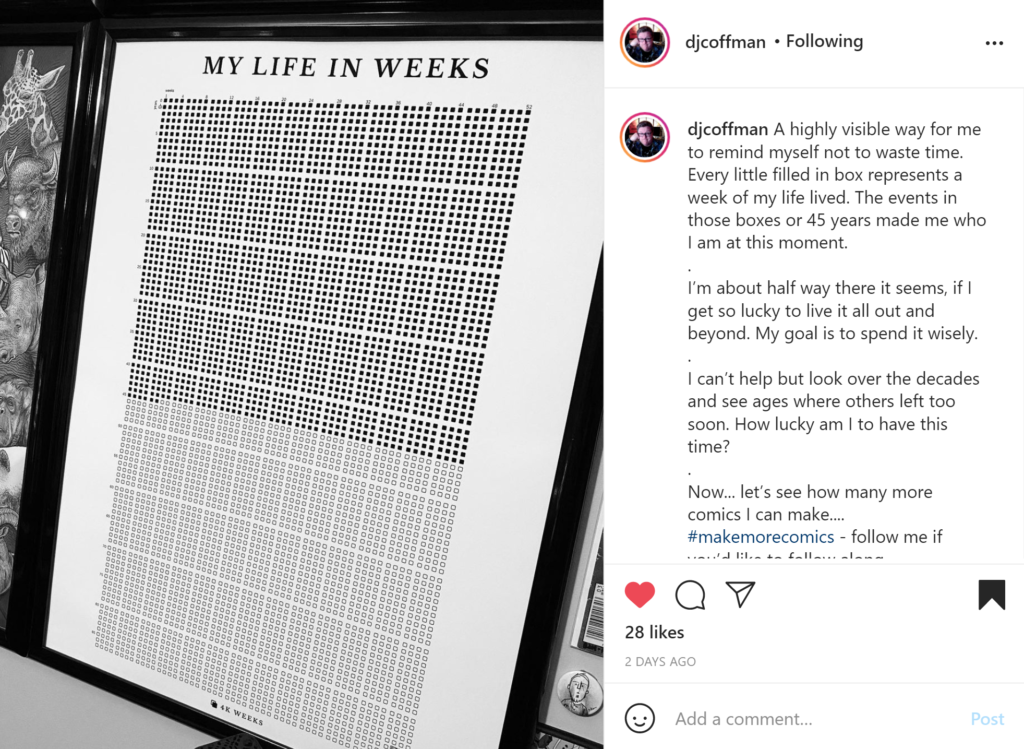A few days ago, I posted about a painting of a hand I’d done. It had been a few days since I’d worked on the painting at all, and the initial surge of energy had long passed, so I decided to send it off into cyber-space unfinished.
Just sitting myself down to write those few sentences took quite some effort. And yet, as soon as I finished writing and pressed publish, I looked at the piece again and pulled it up on my iPad. Just to change one tiny thing. Then, an hour or so later, I exported the final piece and put it on Instagram.
This series of events confirmed something I’ve been thinking about for a couple weeks. That my own creative energy doesn’t work the way my brain thinks it should:
Energy out leads to energy in. Creativity leads to creativity. And work leads to work.
Put another way: An object in motion stays in motion, and an object at rest stays at rest.
I often find myself having to fight with the heat of a thousand suns to sit myself down into a creative posture and actually do the work. The hardest part is moving the object (me) from rest (sitting on my bed twiddling on my phone, not enjoying my rest, or actually resting, but simply squandering time scrolling) into motion (doing something creative that I’ve deemed valuable). Once I’m in (creative) motion, I usually stay in (creative) motion. But getting in motion can be a bear. (This rule also applies to physical activity for me, too)
And I believe this “law of creative physics” can be true in micro and macro settings. That creativity spawns creativity. In spare evening hours, yes. But also in months of shifting seasons. And across long years. And through entire lifetimes. Because, how we spend our days is how we spend our lives.
I want to spend my life creating beautiful things and enjoying my time. And to do that, I must dislodge myself from (unhealthy) rest, and force myself into the rush of (creative) motion.
And to do that, I must get a chair. (I will talk about this chair in my next post)
This is imperfect, and I already have many qualms and qualifiers with these thoughts, but I will leave it there, because it is better to have something finished, not perfect.



